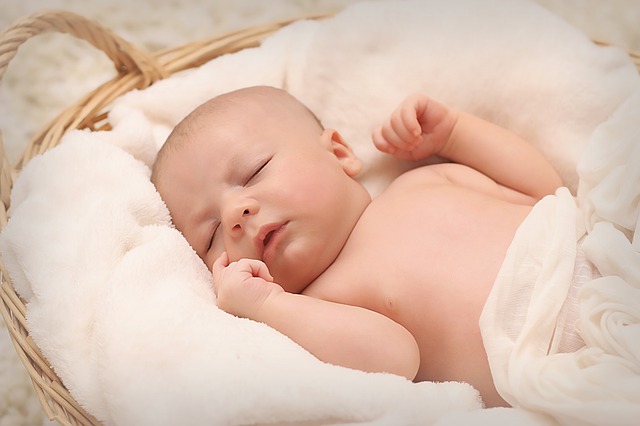Despite decades of guidelines, warnings, and campaigns from health agencies, a study shows that many parents are still putting their babies to sleep in a way that increases their risk for sudden infant death syndrome (SIDS), US News reports.
Around 3,500 infants in the US die yearly for no apparent reason, according to the US Centers for Disease Control and Prevention. The majority of those deaths are classified as SIDS — a condition that scientists have yet to understand fully.
The one thing that is clear, however, is that a baby’s sleeping environment and position is critical to prevent SIDS. Since the 1990s, doctors and health experts have been telling parents to put their babies on their backs when they sleep, keep soft bedding and accessories out of the crib and take other “safe sleep” precautions.
According to this study, the message doesn’t seem to be getting through. Dr. Ian Paul, senior researcher, and professor of pediatrics at Penn State College of Medicine says, “What we found was disturbing.”
The study used video cameras to record how infants slept at home, with the parents’ full consent. Over 160 infants were recorded sleeping at one, three and six months, though some parents opted out before finishing the 6-month mark, USA Today reports.
The videos revealed that most parents placed their child in the crib on their sides or their stomachs, putting them at a heightened risk of SIDS.
Others used soft or loose bedding such as bumper pads or shared the parents’ bed with the infant.
Among the babies recorded, 21% of one-month-old infants were put to sleep on unsafe surfaces, and a whopping 91% used items considered dangerous, such as stuffed animals, pillows, bumper pads, sleep positioners and such.
While 86% of month-old infants were put to sleep on their backs, the pattern changed as they got older. At the age of 6 months, a third of the babies were put to sleep on their sides or stomachs. It was also common for babies to be moved during the night, where the almost always ended up in their parents’ beds.
Paul says there could be any number of reasons for this. Parents could lack knowledge on infant death. They could be dismissive and think that nothing bad will happen, or they could just be plain tired and want everyone to get some sleep.
Another thing could be marketing. The American Academy of Pediatrics does not recommend products such as bumper pads and sleep positioners, as these may become suffocation hazards and have no real evidence that they protect babies. But there are many confusing messages that it’s easy for parents to get lost in the mix.
Elizabeth Murray, a pediatrician at Golisano Children’s Hospital at the University of Rochester, recommends that the best thing parents should remember about their infants’ sleep environment is that “boring is best.”
Paul says whatever the reason parents might have for positioning their babies, there is a need to get the message for safe sleep practices out there more. “We need to be extremely clear and unambiguous in our advice and we need to make sure we model safe sleep environment when babies are in the hospital,” he says.
The study was published in Pediatrics.
























